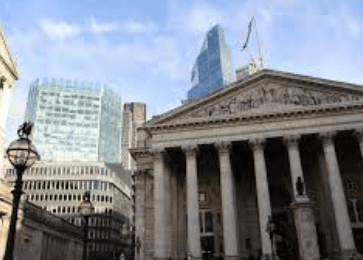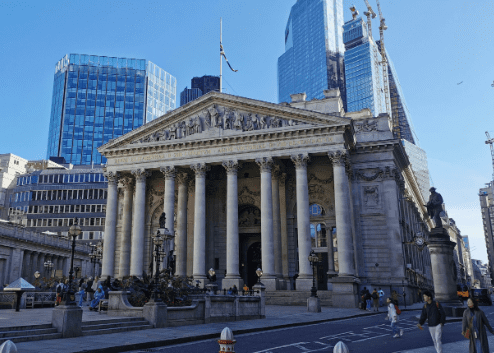The governor of the Bank of England, Andrew Bailey, recently shared his thoughts on interest rates, and it sounds like there’s a bit of a rollercoaster ride ahead. He believes that interest rates will gradually come down, but he also wants everyone to understand that we shouldn’t expect them to drop back to the super low levels we saw a few years ago.
Bailey expressed that he feels quite positive about inflation going down. This is good news because it means that prices aren’t rising as quickly as they used to. He mentioned, “I do think the path for interest rates will be downwards, gradually.” However, the Bank of England is keeping interest rates steady at 5% for now, meaning they aren’t going up or down just yet.

When he spoke to the Kent Messenger, Bailey made it clear that he doesn’t think we’ll see interest rates returning to the extremely low levels that we had not too long ago. He referred to this low point as “near-zero” rates, which is what we experienced around four years ago. Instead, Bailey suggested that rates might settle at a “neutral rate.”
But what does that mean? The neutral rate is a level where the economy is stable. It’s not too high, which could slow things down, and not too low, which could speed things up too much. After the financial crash in 2008, many banks thought keeping interest rates low was necessary to help the economy grow. In the future, experts predict that a neutral interest rate will be around 3%—as long as there’s no new financial crisis.
When asked about where he thinks interest rates will end up, Bailey said, “Will we go back to the very low near-zero interest rates that we had until not that long ago?” He answered with a firm no, explaining that there were two major shocks to the economy that caused rates to drop so low.
These comments might disappoint some people, especially those with mortgages who were hoping to see rates drop quickly. In the U.S., for example, borrowing costs are expected to decrease a lot over the next year. People in the UK were hoping for something similar, but Bailey’s words suggest they might need to wait longer.
Interestingly, UK banks might start a competition to offer better mortgage deals as interest rates go down. Nationwide, the biggest building society in Britain, announced plans to let first-time buyers borrow up to six times their earnings. This means that if you earn a certain amount, you can borrow more money to buy a house. It’s a way to make home buying a little easier for new buyers.
The government, represented by Chancellor Rachel Reeves, might also have to think about the higher interest rates when planning budgets. The first budget from Reeves is due on October 30. Higher interest rates mean that borrowing money might cost the government more than they originally thought.
When Bailey made his remarks, the foreign exchange markets reacted quickly. The pound increased in value against other currencies, reaching a two-and-a-half-year high. This rise happened because people believe that UK interest rates will stay higher than those in the U.S. by 2025. In other words, the pound was worth $1.337 for the first time since March 2022, and it’s also been gaining value against the euro.
Bailey’s comments suggest that the Bank of England will keep taking small steps when it comes to changing interest rates. Just like when they gradually increased borrowing costs when inflation started to rise in 2021, they might now lower rates slowly over time.
In August, the central bank lowered UK interest rates by a quarter of one percent, bringing them down to 5%. Many financial experts expect that we might see another cut of around 0.4 percentage points in November. On the other hand, the U.S. Federal Reserve recently cut its main interest rate by half a percentage point, marking its first cut in four years. They expect to lower it even more by the end of the year.
Inflation, which is the rate at which prices rise, has significantly decreased from above 10% in 2022 to 2.2% in August. This is encouraging news! However, it’s important to note that the drop in inflation is mostly due to falling prices for goods. On the other hand, services inflation—like things you pay for at restaurants or to get your hair cut—remains higher than the Bank of England’s target of 2%.

Financial markets are predicting that UK interest rates could drop to 4.5% by the end of this year and might even fall to 3.5% or lower by the end of 2025. This is exciting for many people, especially those looking to buy a home or refinance their loans.
So, what does this all mean for you? If you have a mortgage or are planning to take out a loan, it’s important to stay informed. While interest rates are expected to go down gradually, it’s clear that they won’t return to the rock-bottom levels we saw in the past. This means it’s a good idea to plan and think carefully about your financial decisions.
In the end, Bailey’s comments remind us that the world of interest rates can be a bit like a rollercoaster. It goes up and down, and sometimes it takes a while to settle down. As we move forward, we’ll have to keep an eye on how these changes impact our lives and our wallets. So, buckle up, and enjoy the ride!










